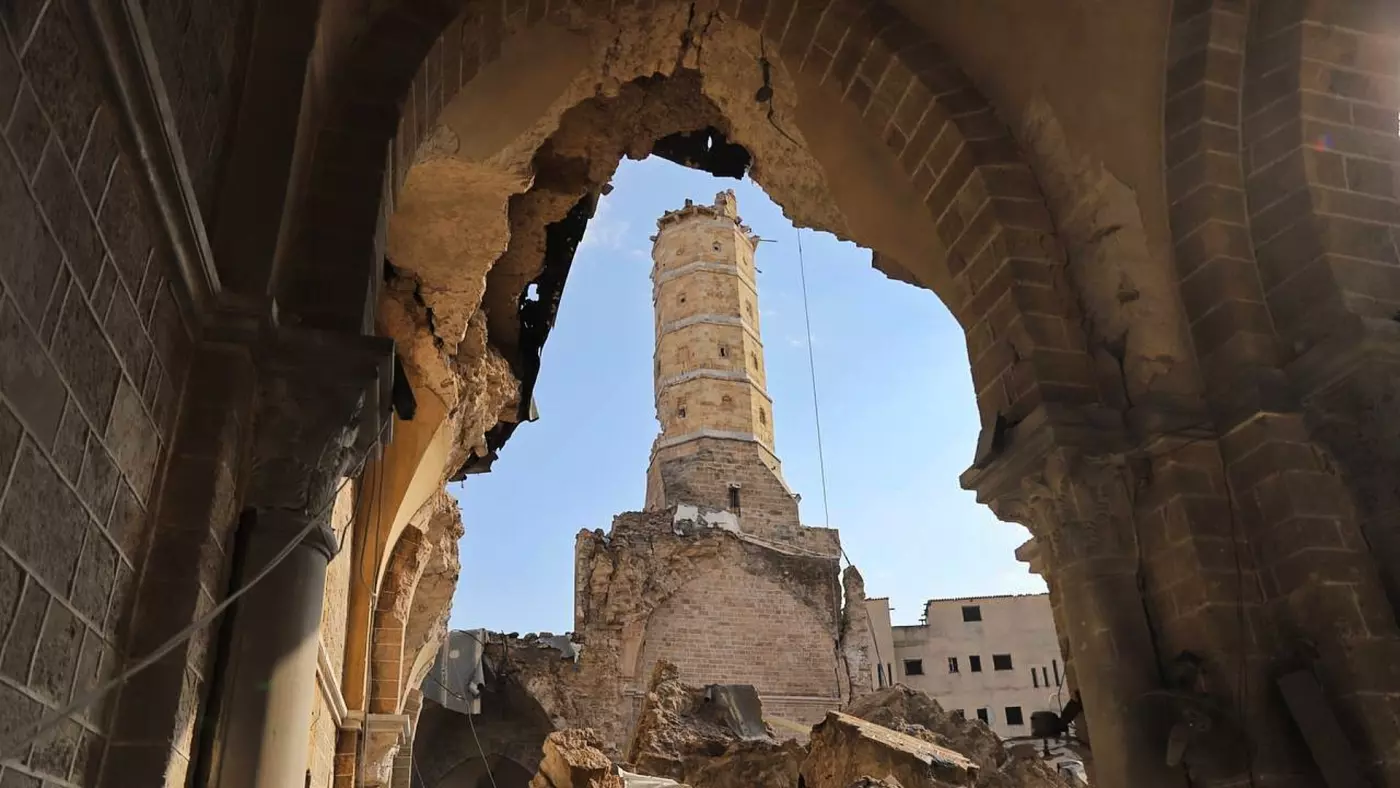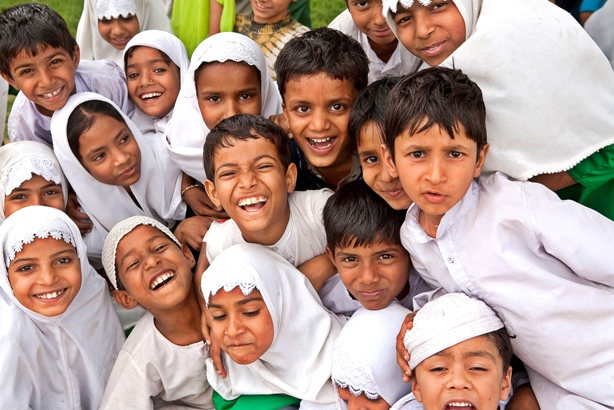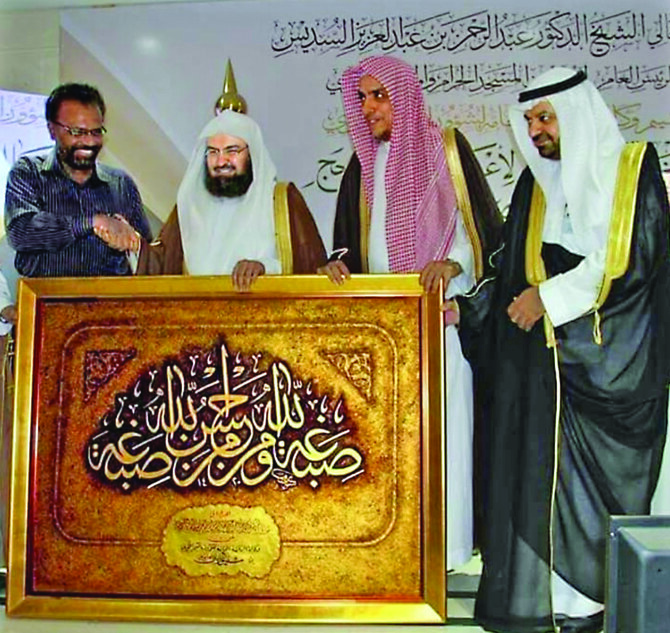 The Moors of Sri Lanka hark back to early Arab traders, everyone knows that. But the story is actually much more complex and interesting. Like any historical narrative, tradition or well known fact, the idea that Sri Lankan Moors are somehow descendants from Arab traders becomes multi-faceted when you start zooming in on it with a keen historian’s eye*.
The Moors of Sri Lanka hark back to early Arab traders, everyone knows that. But the story is actually much more complex and interesting. Like any historical narrative, tradition or well known fact, the idea that Sri Lankan Moors are somehow descendants from Arab traders becomes multi-faceted when you start zooming in on it with a keen historian’s eye*.
Other accounts tell of two Yemeni princes that migrated here in the sixth century and settled in Beruwala and Mannar. Most accounts agree that a majority of Muslims also came here from India. They were of Arab and Tamil origin and traced their line back to Arab sailors who settled on the shores of South India.
Interestingly, Sir Ponnambalam Ramanathan was said to have stuck by the latter and insisted that all Sri Lankan Muslims were ‘ethnologically Tamils’. This set off heavy arguments amidst accusations from Muslims that this was a blatant attempt to undermine their rights to separate political representation. But as this happened a century ago, and as Ramanathan’s arguments were properly proved wrong with various historical evidences, and because no one really gives a hoot where we’re from anymore, this doesn’t really bear any weight at all in current political thinking.
Getting back to the story. Muslims were always close to the Sinhala kings due to their geo-political connections with the powerful Islamic empire; possession of ships and navigation skills; and power in trade.
After arrival, Muslims began to quickly exploit the island’s resources for exportation. And developed powerful lobbies in the courts of several Sri Lankan kings. The Sinhala kings bestowed land and near unlimited political and religious freedom on the Muslims, forging strong ties and friendships. When the Europeans arrived in the 15th century and the Islamic empire began to wane, the Muslims fled to the central lands where the Sinhala kings gave them lands, titles and jobs.
There used to be clearer ethnic demarcation between Muslims, with those hailing from the West coast being more likely of Arab descent and those lining the East coast descendant from Indians hailing from South Indian coastal states. But this distinction was blurred when they fled inland and they started inter-marrying with each other, Sinhalese and Tamils. So the modern day Muslim’s blood is a smorgasbord of Sinhala, Arab, Sri Lankan Tamil and South Indian. If there is any race that probably represents all the major ethnicities of Sri Lanka in one, it is the Muslims.
Earlier, in the dawn of the 1300s, the Sinhala Kings’ dependence on Muslims increased when Arya Chakravarti swooped down (with a license to conquer from his Pandya overlords) from South India and kicked them out of their fertile lands of Anuradhapura and Polonnaruwa. This invasion caused the Sinhala kings to move further and further South to places like Kurunegala, Gampola, Kandy and Kotte in search of safer places to rule.
This constant moving rendered them with no stable economy. The agrarian prosperity coupled with the irrigation engineering expertise that had long since functioned as the capable base of the Sinhala economy had collapsed and so it was round about this time that Sri Lanka started exporting its natural resources and became export oriented.
The Muslims were key in making this happen. Their entrepreneurial spirit had long since focused on getting caravans into the most inaccessible parts of the country in search of the island’s riches. The story of the footprint on Adam’s peak being that of Adam was said to have arisen both as a historical association with the ‘Fall from Grace’ and also as a convenient excuse to provide a spiritual reason to travel to the Sabaragamuwa, Sinhala people generally being accepting of anything and everything spiritual. The merchants who traveled thus would return laden with precious stones like diamonds and rubies which they then traded.
So by the time Arya Chakravarti swooped in, the Muslims were quite rich and influential. Their lobbies at the Sinhala King’s courts, mutual need and prevalent opportunities soon saw them becoming the veins trough which the Sri Lankan economic lifeblood began to flow. Spices such as cinnamon, elephants, ivory and gems were in heavy demand in Arabia, Egypt and Europe; Sri Lanka’s geocentrality meant that it was smack dab in the middle of the path to the far east as well; creating a lot of opportunities for mutual trade with the Chinese and Malays.
And Chakravarti didn’t sit back and relax while this was going on. He started sending his own ships on trade missions and was said to have connections all the way up to Egypt. Thus began an economic scuffle between the Sinhala kings and Muslims on one side of the Vanni jungles (now encroaching what used to be Rajarata) and Arya Chakravarti and his kingdom of Jaffna on the other.
Ibn Batuta made his famous visit to the Island in 1344, in the middle of all this. Chakravarti treated him with excessive hospitality and had so much influence that he was able to safely see Batuta to Adam’s peak and back. Batuta’s brother was the Sultan of Ba’ad and was a good pal of Chakravarti’s.
But the prosperity of Chakravarti’s Jaffna was short lived. In the 1370s it was politically eclipsed by spreading Vijayanagar influence in South India, leaving the whole island’s trading activities (including the much contested pearl farms of the Mannar coast) in the hands of the Muslims. Thus relationship between the Sinhala kings and Muslim traders continued and prospered greatly in the next decades.
As Arab power waned with the diminishing power of the Caliphate come the 14th and 15th centuries, trade along the East coast of Sri Lanka was increasingly monopolized by Tamil Muslims who sailed down from South India.
With the reduction of Arab ties and the influx of Indians, Muslims in Sri Lanka increasingly began looking to South India for religious guidance and hence soon adopted the Tamil language as their official mother tongue (as all education, books and scholars coming from India used Tamil). The Muslims themselves remained an anthropological mish mash of ethnicities overshadowed by a common religious identity that ignored racial and caste based boundaries.
Things were all fine and dandy of course, until the Europeans came in. Their ‘divide and rule’ policies, eradication of cultural identities, attacks on religion and downright conniving eventually lead to the riots of 1915, where for the first time in over a thousand years of ethnic harmony, tensions developed between Muslims and Sinhalese.
*Muslims in Sri Lanka by Lorna Dewarajah is an engrossing, recommended read for anyone interested in Sri Lankan history.
Post Disclaimer | Support Us
Support Us
The sailanmuslim.com web site entirely supported by individual donors and well wishers. If you regularly visit this site and wish to show your appreciation, or if you wish to see further development of sailanmuslim.com, please donate us
IMPORTANT : All content hosted on sailanmuslim.com is solely for non-commercial purposes and with the permission of original copyright holders. Any other use of the hosted content, such as for financial gain, requires express approval from the copyright owners.
 Sri lanka Muslims Web Portal Diversity and Inclusiveness – Sri Lanka Muslims
Sri lanka Muslims Web Portal Diversity and Inclusiveness – Sri Lanka Muslims



